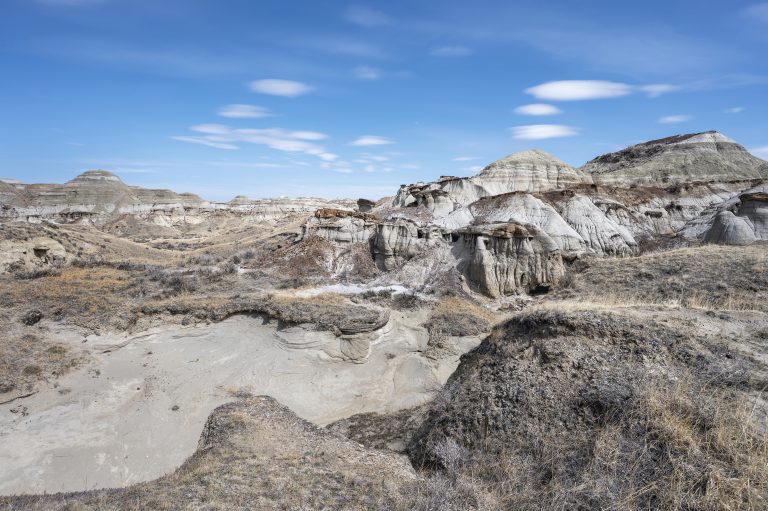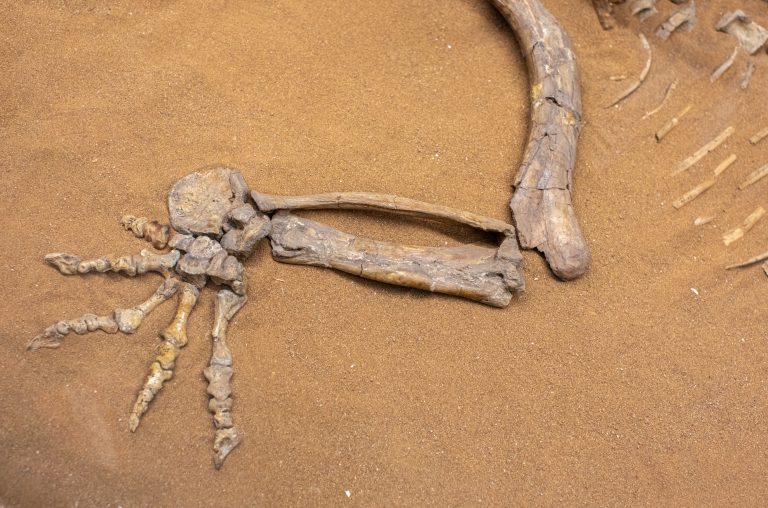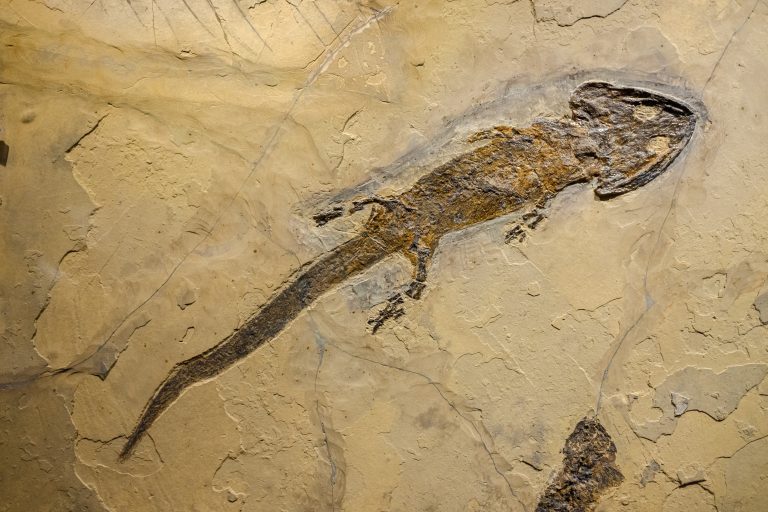9 Top Ways to Travel to Fossil Sites

Embarking on a journey through time, we often find ourselves in awe of the treasures buried beneath our feet. As an experienced paleontological travel writer, I’m thrilled to guide you through the top ways to travel to these remarkable fossil sites, where history is etched in stone.
Fossil sites provide a tangible link to prehistoric life, from dinosaur parks to untouched wilderness. Whether you’re a seasoned fossil hunter or a newcomer, the thrill of discovery is universal and addictive. Choosing the right travel approach is crucial to maximizing your experience, aligning with your interests and physical capabilities, and turning the journey into an essential part of the adventure.
1. Planning Your Fossil Adventure

Before setting off, research is key. Familiarize yourself with the type of fossils you want to see and the regions they’re found in. Some areas may have restrictions or require permits for exploration, so always check local regulations. Remember, fossils are part of our collective heritage; we’re just visitors, so tread lightly and never remove anything without permission.
Consider the time of year for your trip. Weather can affect accessibility and comfort, so plan accordingly. Also, think about joining local paleontology clubs or online forums; they’re goldmines of information and can offer tips on lesser-known sites. And don’t forget, some of the most extraordinary finds have been made by amateurs, so keep your eyes peeled!
Hey hey! Don’t forget to subscribe to get our best content 🙂
2. Guided Tours: Expert Insights
Guided tours are fantastic for those who crave knowledge straight from the horse’s mouth (or should I say, dinosaur’s jaw?). Expert paleontologists can provide fascinating insights and lead you to the most productive spots. These tours often include hands-on activities, like fossil excavation, which can be a dream come true for enthusiasts.
Whether it’s a day trip or a week-long expedition, guided tours take the hassle out of planning and offer a curated experience. Plus, there’s the added benefit of safety, as navigating remote or rugged terrain can be risky for the uninitiated. Just remember to book in advance, as these tours can fill up faster than a T-Rex chasing its prey.
3. Self-Drive Safaris: Freedom to Explore

For those who love the open road, a self-drive safari to fossil sites offers unparalleled freedom. You can linger at locations that pique your interest and skip the ones that don’t. It’s like having a time machine on wheels, with the flexibility to craft your prehistoric adventure.
When planning your route, make sure to check the road conditions and necessary vehicle types; some fossil sites are off the beaten path and require a sturdy 4×4. And always have a backup plan (and plenty of snacks) in case you encounter detours or delays. After all, the journey should be as enjoyable as the destination!
4. Trekking to Remote Fossil Sites
For the intrepid explorer, trekking to remote fossil sites can be the ultimate adventure. These journeys require a good level of fitness and preparation but reward you with unparalleled access to untouched locations. Imagine the thrill of discovering a fossil that hasn’t seen the light of day for millions of years.
When trekking, always travel with a guide familiar with the terrain and local wildlife. It’s also wise to pack for all eventualities – weather can change on a dime, and you’ll want to be ready. And let’s not forget the golden rule: leave no trace. Our goal is to explore, not to disturb.
5. Fossil Hunting by Waterways

Some of the most significant fossil finds have been made along riverbanks and coastlines, where erosion exposes ancient layers. Kayaking or canoeing can be an excellent way to access these sites, offering a peaceful and unique perspective. Plus, there’s nothing quite like the serenity of paddling through ancient landscapes.
Always check the local tide schedules and water conditions, especially if you’re venturing into coastal areas. It’s also a good idea to go with a guide or group, as they can lead you to known fossil hotspots. And who knows, you might just paddle your way into paleontological history.
6. Cycling Routes to Prehistoric Finds
Cycling to fossil sites combines fitness with fossil hunting – talk about killing two birds with one stone (or fossil). Many regions with rich paleontological history have established cycling routes that take you through scenic landscapes dotted with fossil sites.
Ensure your bike is up to the task, particularly if you’re tackling off-road trails. Bring a repair kit, and know how to use it – there’s nothing worse than being stranded with a flat tire in the middle of a prehistoric quest. And always wear a helmet because safety never goes extinct.
7. Public Transport: A Budget Option

Public transport may not be the most glamorous option, but it’s often the most economical and environmentally friendly way to visit fossil sites. Many museums and parks are accessible by bus or train, making them perfect for day trips. Plus, it’s a chance to rub elbows with locals and other travelers.
Check schedules in advance, as some routes may have limited service, especially on weekends or holidays. And while you might not have the same freedom as with a private vehicle, the journey can be just as rewarding. After all, it’s not every day you ride to rendezvous with relics of the past.
8. Accommodations Near Fossil Sites
After a long day of time-traveling, you’ll want a cozy place to rest your weary bones. Luckily, many fossil sites have nearby accommodations, ranging from camping grounds to boutique hotels. Staying close to the site allows for early starts and late-night stargazing – a perfect end to a prehistoric day.
When booking accommodations, consider the proximity to the sites you want to visit. Some may offer special packages or tours for fossil enthusiasts. And remember to book early, especially during peak seasons; you wouldn’t want to miss out on a prime spot due to a last-minute scramble.
9. Essential Gear for Fossil Trips
A successful fossil trip requires the right gear. Sturdy footwear is a must – you’ll be walking on uneven terrain, and those rocks can be unforgiving. Bring layers of clothing to adapt to changing weather conditions, and don’t forget a hat and sunscreen to protect against the elements.
A good backpack will carry your essentials, including water, snacks, and a first aid kit. And if you’re planning on collecting fossils (where permitted), bring the proper tools and containers. Remember, it’s about preserving history, so handle any findings with care and respect.
So, there you have it – a plethora of ways to embark on a fossil-fueled adventure. Whether you’re paddling through ancient waterways or cycling down dusty trails, the past is waiting to be explored. Grab your gear, pick your path, and let’s go make some prehistoric memories!





